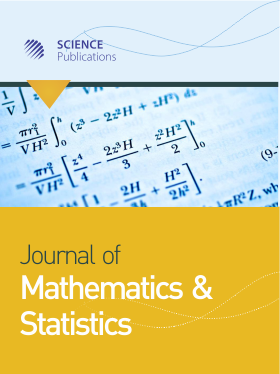THE TEMPORAL DYNAMICS OF REGIONAL CITY SIZE DISTRIBUTION: ANDHRA PRADESH (1951-2001)
- 1 , India
- 2 SRM University, India
Abstract
Systems with measurable entities are characterized by certain properties of their size distribution. City Size Distribution (CSD) and the underlying city size dynamics have received attention in the urban economic literature in recent years. In this approach we aim at evaluating the temporal dynamics of city size distribution in Andhra Pradesh, an Indian state for the period 1951-2001. The research framework-which is based on a function relating population size to rank-is used to test for the trends of deconcentration cities of population over the study period. The expansion methodology is used to investigate the dynamics of rank size function in temporal dimension. We have studied the threshold size and its influence on temporal trends. The size distribution of cities/towns from one period to another is modeled by way of a Markov Chain. Our findings reveal that all places in the urban system are growing with small towns growing at a faster rate during study period. The largest cities and the smallest towns display higher persistence than the medium sized cities.
DOI: https://doi.org/10.3844/jmssp.2014.221.230

- 3,346 Views
- 2,401 Downloads
- 11 Citations
Download
Keywords
- City-Size Distribution
- Pareto’s Law
- Zipf’s Law
- Rank-Size Distribution
- Expansion Method
- Temporal Models
- Markov Chain
